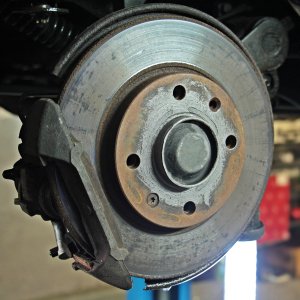Clear Strategies for Sustainable Growth

STORY INLINE POST
Q: How is San Luis Potosi innovating as one of the newest automotive clusters in the country?
A: Unlike other clusters, BMW and GM are active participants in the association as heads of our different committees, which has helped us attract more members. We organize supplier days with our members, where Tier 1 companies can mingle with smaller players that can satisfy their needs locally. The idea behind these events is that potential suppliers strike deals with bigger companies right there, having a clear idea of which type of components they can supply and the volumes that better adapt to their capabilities. The supplier days have been particularly effective to plan projects that will come into effect in 2018, since they allow Tier 1 suppliers to analyze different companies and their proposals.
To boost online business with technology, we created a communications platform similar to a social network. The platform is open to direct and indirect suppliers, as well as service companies. No state is self-sufficient so we also accept companies from nearby states to the cluster, to complement San Luis Potosi’s existing supply chain. Digital communication helps collaboration at a distance. We have standardized profiles of each of our corporate members, which helps Tier 1s or OEMs when looking for a specific component supplier. Since the platform is built with a social network interface, executives can discuss opportunities without having to wait for scheduled business encounters. All data is protected and the platform is only open to cluster members, which proved crucial for attracting more members.
Q: What additions to the new cluster have most contributed to its evolution?
A: The cluster’s first contribution to the industry was the creation of the Human Capital Committee and the Supply Development Committee of San Luis Potosi in 2013. The following year, the Ministry of Economic Development for the state turned its attention to attracting BMW’s investment to San Luis Potosi, although it took until Sept. 14, 2015 for the Automotive Cluster to be fully established. It started with five members, three academic institutions, the Ministry of Economic Development and the Ministry of Labor and Social Welfare, collaborating with the two original committees in the state. We eventually created the Development of Technical Capabilities Subcommittee within the Human Capital Committee.
The cluster now has 42 members, mostly private companies and thanks to tangible results, our members asked for two more committees to be created. The first will be an education committee focused on identifying the industry’s needs and creating programs that guarantee students graduate into employment. The second will be a supplychain development group to boost logistics operations in the state, as well as supply-chain safety standards following ISO 28000 and ISO 31000 standards.
Q: What are your expectations for how the cluster will boost San Luis Potosi’s development in 2017?
A: In December 2016, we started negotiations with the Japanese government along with the Mexican government for a five-year project. The initiative was finalized in March 2017 and the project started in July 2017. Through this collaboration, 20 Japanese experts will come to Queretaro, Guanajuato, Aguascalientes and San Luis Potosi to help local companies participate in the automotive production chain, becoming suppliers for Japanese Tier 1s and OEMs.
Supply-chain development should be a priority for national industry and we plan to offer new opportunities to national SMEs. There are still challenges for the industry in terms of human capital, especially considering that by 2020, companies will need to fill approximately 300,000 positions in the Bajio region, 50 percent of which will be in production operations. The cluster is also collaborating with the Ministry of Economy to identify the industry’s needs, to adapt education plans accordingly.






















